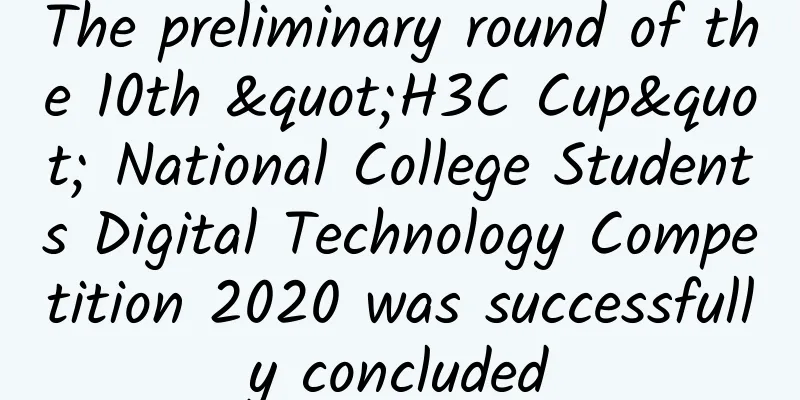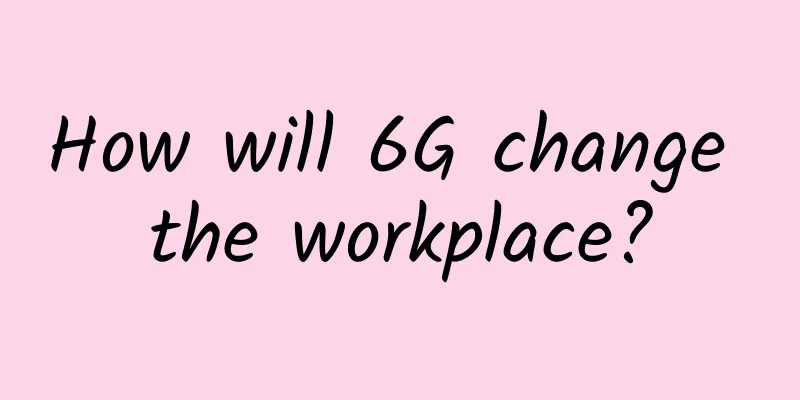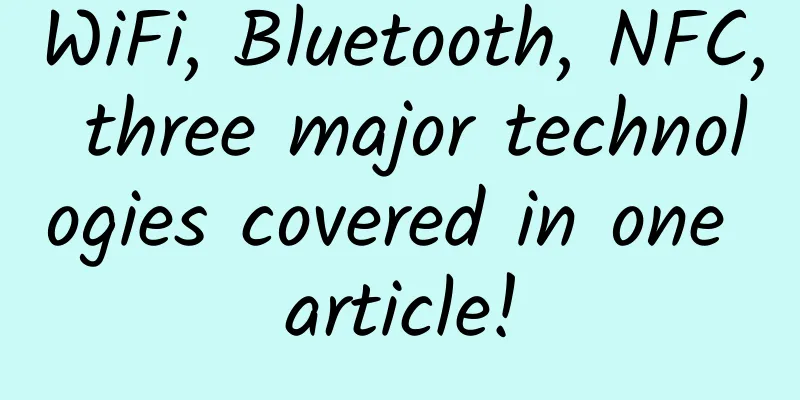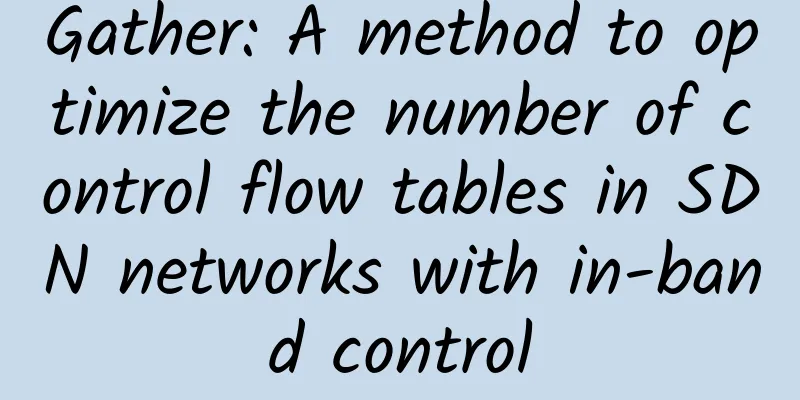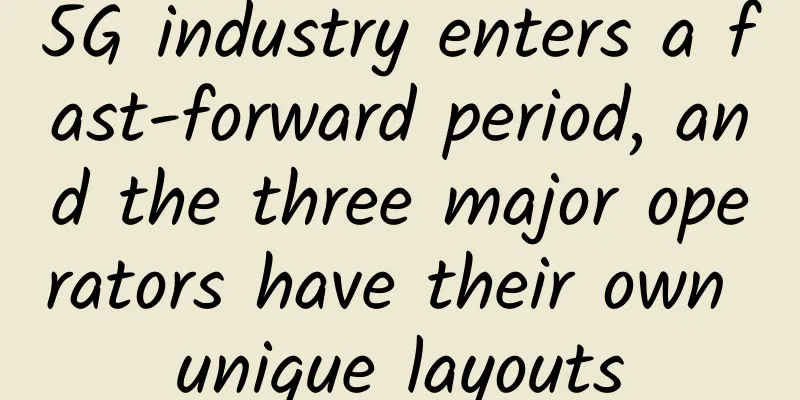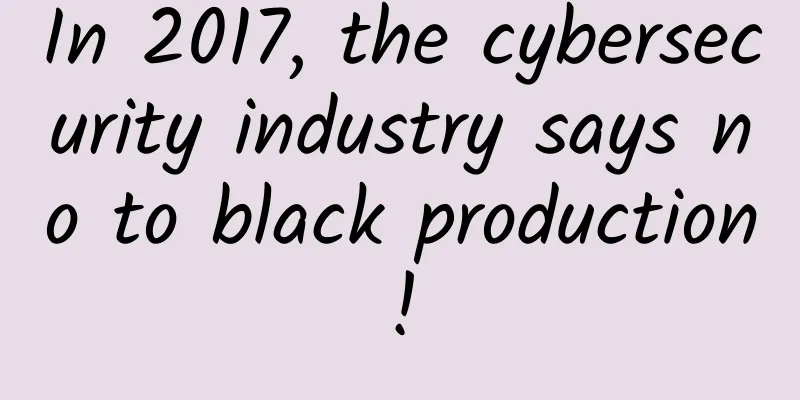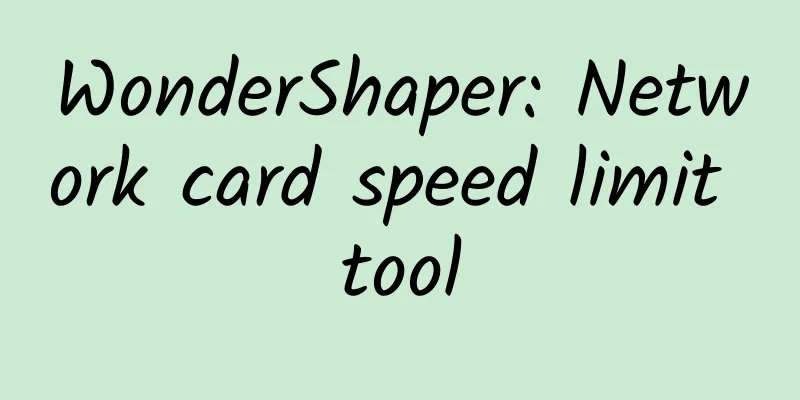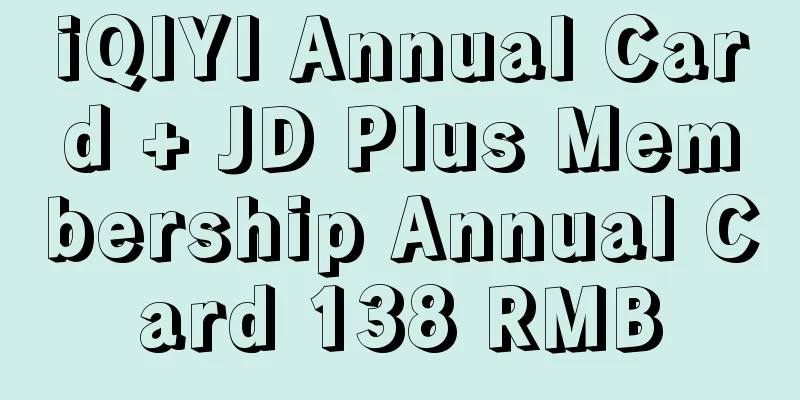Where is the entrance to 5G message service? You may not think of it
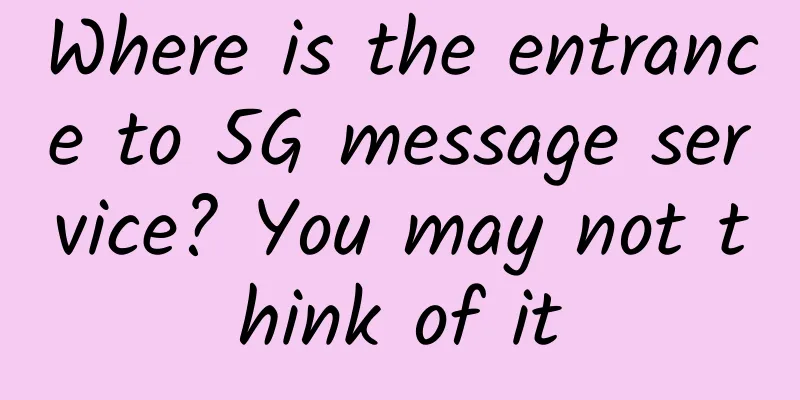
|
Since the Ministry of Industry and Information Technology issued 5G licenses on June 6 this year, domestic mobile phone manufacturers and operators have released their own 5G products. In late July, we used the 5G version of Huawei Mate 20 X in the Future Community, one of the first 5G commercial pilot areas in Tianhe District, Guangzhou, and recorded a network speed of 738Mbps, which is about 15 times that of the 4G mobile phone in your hand. Since the Mobile World Congress (MWC) in Barcelona in February this year, colleagues in the iFanr editorial department have tried out several 5G mobile phones from different brands.
Hardware manufacturing, software development and communication technology drive the evolution and iteration of consumer communication tools. Therefore, in the past four decades, domestic consumer communication tools have gone through pagers, mobile phones, feature phones, and then to the ever-changing smartphones. 2G enabled people to start using mobile phones, 3G popularized the use of apps, and 4G popularized mobile payments, mobile online games, short videos, smart homes and other functions. We believe that in the 5G era, the most important function of smartphones, “sending and receiving messages”, will undergo tremendous changes, and this is definitely not just about being “fast”. RCS may be a standard feature of 5G mobile phones Smartphones are used to communicate better, to receive and send messages better. In the 4G era, VoLTE (high-definition voice calls) is the high-speed wireless communication standard for mobile phones and data terminals. So in the 5G era, what will be the communication standard for 5G mobile phones? One of them is RCS. According to industry insiders in the communications field who revealed to iFanr, GSMA (Global System for Mobile Communications Association) is working with operators, mobile phone manufacturers and other members of the communications industry chain to develop an agreement on 5G - 5GJA (5G Joint Activity). Among them, 5GJA is likely to use RCS as a necessary supporting function for mobile phones and other terminals in the 5G era. RCS is known as the next generation product to replace SMS. Its full name is Rich Communication Suite. It was proposed by the Global System for Mobile Communications Association (GSMA) in 2008. It has instant messaging functions based on the all-IP network and can help operators enrich the customer experience of existing communication methods. RCS allows ordinary users to send rich content such as pictures, music, text and shared locations on the interface of smartphone text messaging applications. Therefore, some people understand RCS as "the evolution of traditional text messaging", but this understanding is not accurate. The SMS service was first introduced on GSM mobile phones in the 1990s and has been in use ever since. RCS is a communication protocol that is incomparable to SMS. As of the end of July this year, domestic RCS services have covered more than 150 million terminals, including most models of mobile phones such as Huawei, Xiaomi, and Meizu, with more than 50 million users and growing rapidly. Huawei has supported RCS since EMUI 8.1, and the recently released EMUI 10 also supports RCS. The 5GJA agreement is expected to be launched in October this year. In other words, GSMA, an industry association representing the common interests of global mobile operators, is promoting RCS to become a basic function of the next generation of communication tools. You know, GSMA also positions itself as a "booster for the development of the 5G ecosystem." With the advent of the 5G era, the communication standards of smartphones are being iterated, which will definitely change the way we "send and receive messages." RCS + 5G + Cloud, what new experience will it bring? At present, we basically use phone calls, text messages, and super apps such as WeChat to communicate, and switch between them according to different scenarios. Although the communication experience is quite rich, in reality, we still cannot get a satisfactory messaging experience on existing smartphones. From the perspective of ordinary users, the information that can be carried by telephones and traditional text messages is too limited, and the increasingly bloated social apps are also consuming too much of our time and attention. In addition, from the perspective of the enterprise, the enterprise can only provide one-way notifications to consumers through text messages, while the enterprise itself has a strong demand for interaction with consumers based on communication messages. This demand is not met, which is a pain point for the enterprise. Hidden behind these pain points lies the development direction of the next generation of communication methods. Therefore, whether it is Google that makes the system, mobile phone manufacturers such as Samsung and Huawei that make mobile phones, or operators such as China Mobile that provide communication services, they all thought of RCS. The process of making products and services support RCS can be called "resurrecting the SMS portal." China Mobile released its 5G messaging product, RCS Commercial Rich Media Messaging, during this year's MWC World Mobile Congress in Shanghai. Currently, 5G messages mainly consist of "RCS enhanced SMS" for individuals and "RCS business rich media messages" for enterprises. The former allows users to send and receive text, pictures, audio and video, location and files on the SMS application page; the latter allows companies to provide consumers with convenient and rich services through functions such as graphic messaging and Chatbot. If we say that "RCS allows smartphones to have a simple, pure yet fully functional messaging experience", it only solves the user pain points of the previous communication era. Then the new experience that RCS commercial rich media messages will bring us in the 5G era is that smartphones will become more "refreshing". As we have experienced before, 5G networks have the advantages of high speed and low latency. With the development of cloud computing, edge computing and other technologies, sensors on hardware are becoming more and more intelligent, and more and more hardware and software services will be able to run in the cloud in the future. Under the trend of "RCS + 5G + Cloud", it is very likely that we will not have to download so many bloated apps on our smartphones in the future. Because Chatbot is equivalent to the mini-program of 5G messaging products. By connecting to Chatbot, RCS commercial rich media messages can allow users to complete a one-stop experience such as search, interaction, and payment on the SMS interface. When on the SMS application page of the mobile phone, we can conveniently send and receive various messages and obtain various life services. Perhaps in the future there will be no need to install and download apps that take up more than ten GB of space, nor will we have to spend hundreds of MB of traffic every week to upgrade apps. Recently, we also saw the 5G message engineering machine from China Mobile's 5G Message Innovation and Open Laboratory. For example, at the entrance of 5G messages, I need to check the balance of my call bill and the remaining traffic, and then order a targeted traffic package based on my traffic usage. These three services can be obtained at once through a conversation with the Chatbot. Chatbot replies can be in the form of concise text or visual cards. The dialog box will also provide corresponding options based on the content on the card. RCS makes the communication of demands and services between us and operators an interactive and convenient experience. Another experience is that, at the 5G message entrance, we can directly check the promotions of the e-commerce platform, purchase products, and make payments. In contrast, if the same operation process occurs on an e-commerce app, not only does it require jumping between different pages, but it may also require jumping to a third-party payment app when paying. 5G Message will be the entry point for message services in the 5G era From ancient times to the present, the sending and receiving of "messages" has emphasized more on interactive communication between people. However, in the 5G era, the dimension of sending and receiving "messages" will also include interactions between "machines" and "people and machines." At present, the "enhanced SMS" experience for individuals in 5G messages has basically been realized, and RCS is also building a new messaging ecosystem that includes consumers, enterprises, and messaging platforms. Industry insiders believe that with the advent of the 5G era and the enhancement of RCS communication capabilities, all industries will gradually enter this messaging ecosystem. By then, companies can push rich media content to users and provide intelligent services such as red envelopes, videos, shopping malls, and Chatbots through operator messages. In this new ecosystem, which has already taken shape, Chatbot in RCS commercial rich media is already the terminal interaction when "people and machines" communicate. This also means that 5G messages will be one of the message service entrances in the 5G era. In the 5G era, information will be transmitted non-stop between machines, sensors, the cloud, and terminals. Through RCS messaging, combined with 5G, artificial intelligence and other technologies, we will get services and experiences that were not possible in the 4G era. These experiences are likely to appear first in scenarios such as the Internet of Things, Internet of Vehicles, and artificial intelligence assistants. For example, when RCS messages are connected to the Internet of Things, they can serve as an entry point to connect to artificial intelligence in the cloud, and at the same time serve as a terminal to control various smart home devices such as air conditioners and refrigerators in the home. In the future, empty-nest young people in cities can use 5G messages to send a text or voice message saying "I'm back" before returning home, notifying the smart home control center to turn on the lights and air conditioner in the house and play music. For example, in the future scenario of autonomous driving, we may be able to send commands to the car through 5G messages, allowing it to automatically drive from the underground parking garage to the entrance of the parking lot. When 5G messaging is combined with the local artificial intelligence of smartphones, it may be possible to train a personalized artificial intelligence assistant based on each person's communication, speaking, and sending and receiving messaging habits. It can help you automatically reply to various messages in the 5G message portal, just like Jarvis, the artificial intelligence butler in Iron Man. These messages may come from humans or Chatbot services. In other words, this portal will also have the function of helping you organize information. In these future scenarios, RCS will also have functions and experiences that we cannot currently imagine due to the iterative progress of other technologies. What we can imagine is just the tip of the iceberg. In short, RCS will be a communication function that must be supported by 5G mobile phones. Under the trend of RCS + 5G + cloud, RCS will be the entrance to message services in the 5G era, which is exactly what 5G messages will look like. It will not only improve the experience of messaging between people and solve our existing communication pain points, but will also change the way information flows and interacts between "machines and machines" and "people and machines", becoming an important part of human-machine collaboration. |
<<: Considerations and conclusions of Iperf network throughput/bandwidth testing
>>: Extremely simple operation! IIS site migration can be achieved in 3 minutes
Recommend
Jack Ma: Who you will be in 18 years is decided today
[51CTO.com original article] The World Internet o...
Juniper Networks Launches New Data Center Interconnect Solution to Accelerate Cloud Service Delivery
Juniper Networks, an industry leader in providing...
When WiFi6 collides with 5G, is it a crisis or a business opportunity?
September 16, 2019 WiFi Alliance announces WiFi6 ...
Huawei IoT Cloud Services Accelerates Industry Innovation and Promotes Large-Scale Commercial Use
At the 2017 Huawei Connect Conference held from S...
How fast is 5G? How does the 5G network work?
[[257849]] 4G LTE has been providing ultra-fast d...
Website monitoring solutions you should know
In today's world of rapid digital development...
Network | Can 5G’s cool applications be realized?
[[322560]] 5G is coming to us rapidly. Once upon ...
Interviewer asked: What is a dynamic proxy?
[[439196]] This article is reprinted from the WeC...
NexusBytes: US VPS monthly payment starts from 2 USD, Singapore/Japan VPS monthly payment starts from 3.2 USD, large hard disk VPS monthly payment starts from 4 USD
The tribe once shared information about NexusByte...
Diagram: Page replacement algorithm
[[398509]] This article is reprinted from the WeC...
In-depth analysis of the operation results of Go Channel in each state
Hello everyone, I am Fisherman. Channel is a uniq...
All the information about IPv6 is here? Learn more in one article
Now many operators support IPv6. The day before y...
Why Microsoft's acquisition of Nuance is a big deal
[[394293]] Microsoft recently announced that it w...
5G concepts are performing well. Who will become the best among the strong?
On Monday, the two markets showed a weak and vola...
3 Reasons Your IoT Needs SD-WAN
We live in an era of fast-paced digital transform...
